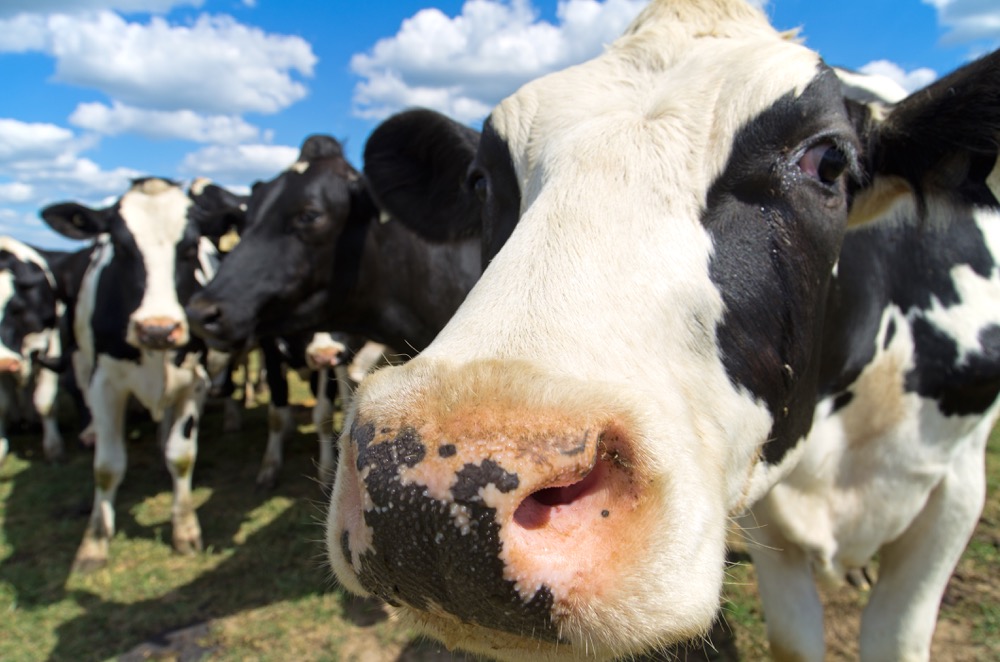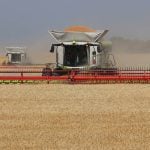Our food system was certainly stretched during the pandemic. There were gaps and delays, but food was delivered.
Fast forward to now, when we are experiencing massive inflation and the same gaps still appear, but with additional production challenges. Affordability is the new barrier to food in a system that experts describe as volatile and brittle.
We are missing the deep dive into learning from the past, as well as recent lessons in supply chain interruptions. Although some are looking at risk mitigation and emergency preparedness, there is no overall and shared playbook on how to prepare for a system-wide emergency in the future.
Read Also

An unbelievable tale of a lost engagement ring
After nearly 50 years, a southern Alberta farmer finds her wedding ring in an unusual place.
A food system includes not only raw materials such as grain, but also ingredients like pepper and infrastructure such as ports. There are also biological risks within that chain such as human, plant or animal disease.
The economic cost of an outbreak in avian influenza is also a societal cost because it may limit access to food. Plant diseases could cut protein, carbohydrate and vitamin intake in human and animal populations.
Climate changes are magnified in a system in which we depend on others. The drought in California shorted lettuce supplies here and some spices are hard to get. And though producers are excellent navigators when it comes to climate, the future may be more about pre-determining the risk rather than responding to situations.
The farmer is only one stakeholder and what happens outside of agriculture impacts food production and availability. The shortage of fuel has hampered food availability globally and the rise in input costs is reducing margins.
More with Brenda Schoepp: Having a will doesn’t guarantee a smooth succession process
In some countries, policy has severely impacted food production and access, something we saw when Sri Lanka banned fertilizer use and rice production nearly halved. The reality is that we are one political decision or crisis away from hunger. If someone is hungry, it is often because the political system failed them.
Nearly 16 per cent, or 5.8 million Canadians, are food insecure even though they live in one of the richest food meccas in the world. Farmers and all other stakeholders must form a unified voice and encourage cross-ministerial recognition that agriculture and agri-food are critical to cultural, social and economic well-being.
The start line, however, is severely frayed from overuse and foot dragging.
Interprovincial barriers are a handicap. In Canada, this remains our biggest impediment in terms of infrastructure. You cannot take a big freighter from one end of the country to another because the regulations differ, just as you can’t ship wine from B.C. to Quebec.
Lack of storage and distribution, intermittent rail car availability, port inefficiencies, digital logistics dependence, lack of regional research facilities, a deficiency in local food system delivery streams, regulatory burdens and the absence of advanced regional food processing have all been identified as infrastructure failures that contribute to food insecurity.
A recent Angus Reid poll showed 78 per cent of Canadians feel grocery stores are taking advantage of them to make increased profits. This is a reflection of a broken model. The parts must work in tandem. We cannot have fed families and claim consumer trust without a collaborative appetite to address system-wide solutions.
[RELATED] Manitoba Co-operator: Greedflation accusations pointless
All parts of the system rely on people.
One in eight Canadians is directly employed in the food system. How we attract and retain employees determines the efficiency of our supply chain. Every food we consume and beverage we drink, most of the clothing we wear and the care products we use, are the result of many hands within the food system.
Our labour considerations need refining so they include the safety and security of families and encourage broader food production and processing skills within that family unit. How we treat our people and our animals reflects our commitment to a fair and just food system.
When it comes to making decisions as a sector, one always has to ask: Who are our stakeholders and who do we need at that table? Consultation is not inclusion and there must be a willingness for transparency and engagement. Shifting to models of inclusion and collaboration may result in a more creative, responsive, flexible and affordable food systems playbook.
















